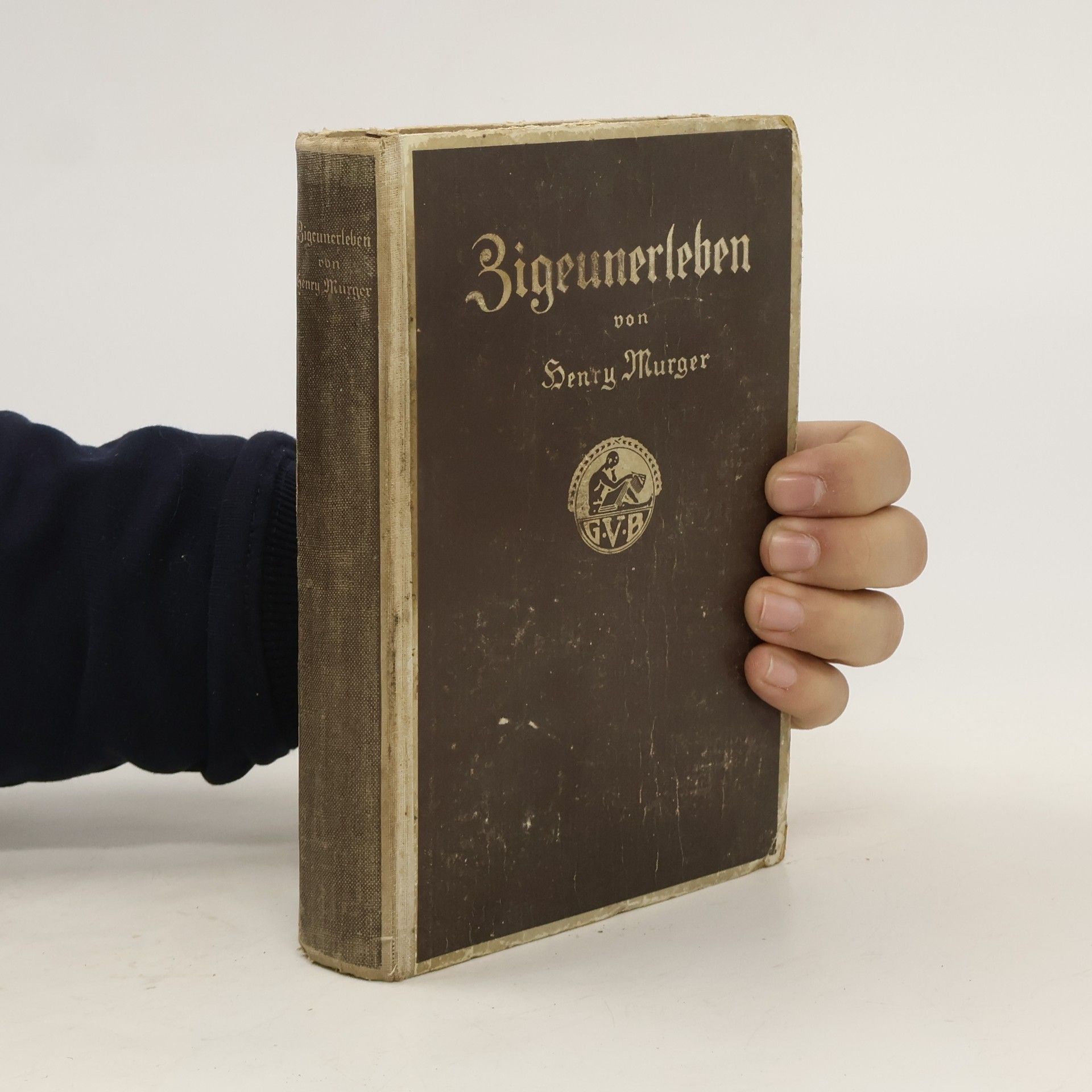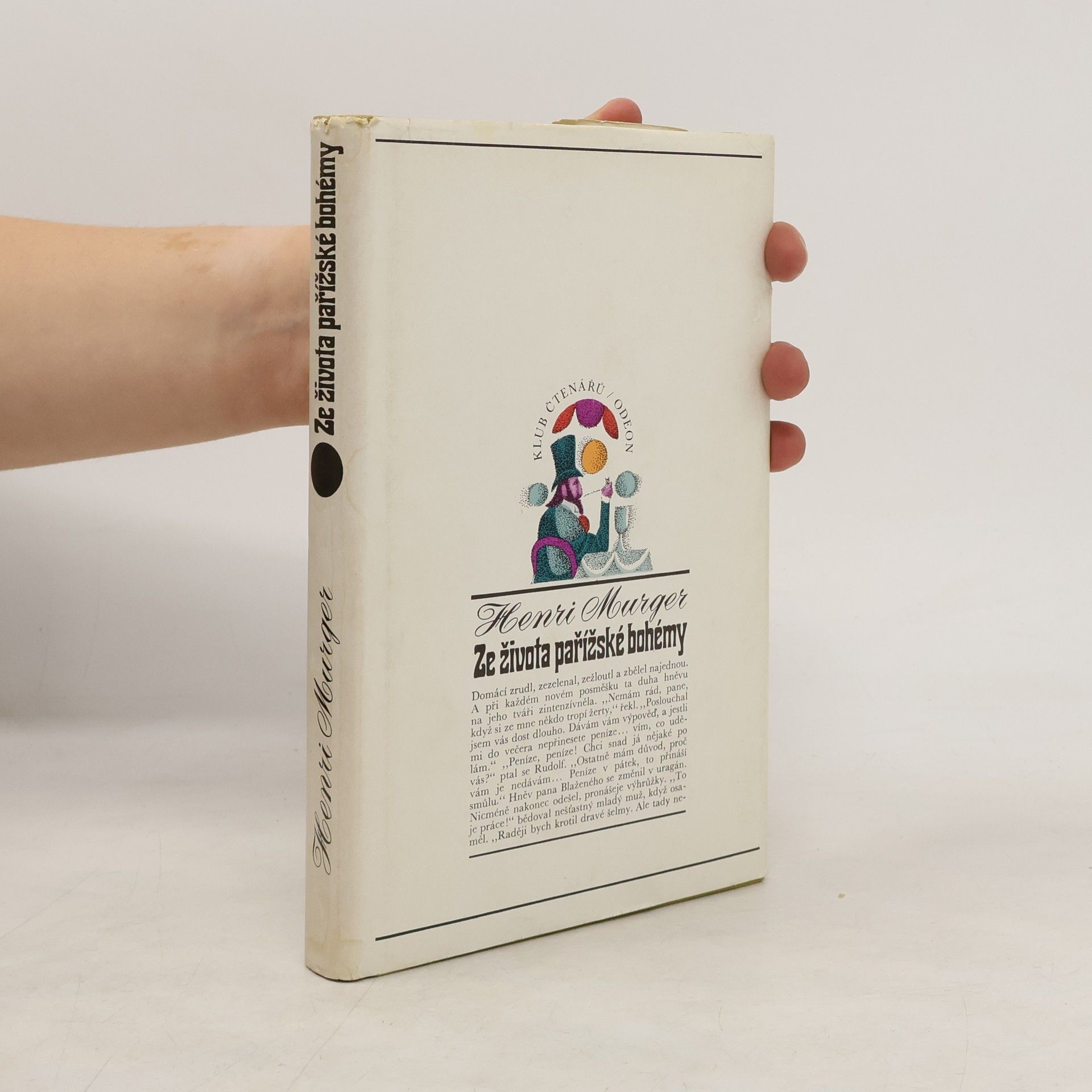"Scènes de la vie de bohème" de Henry Murger explore la vie des artistes pauvres à Paris au XIXe siècle, définissant la bohème comme un état social lié à l'art. Murger exclut les criminels de ce groupe, soulignant que la bohème peut mener à la reconnaissance ou à la souffrance. Paris est le cœur de cette existence artistique.
Henri Murger Livres
Cet auteur se distingue principalement par "Scènes de la vie de bohème", puisé dans ses propres expériences d'écrivain désespérément pauvre vivant sous les toits de Paris et membre d'un cercle informel d'amis se nommant "les buveurs d'eau" en raison de leur pauvreté. Son écriture mêle instinct, pathos et humour, avec une dominante de tristesse. Outre ses romans et nouvelles, il écrivit également des paroles de chansons, dont la plus notable est "La Chanson de Musette", décrite comme "une larme devenue perle de poésie". Son œuvre la plus célèbre a servi de base à de nombreuses opéras, opérettes et comédies musicales.

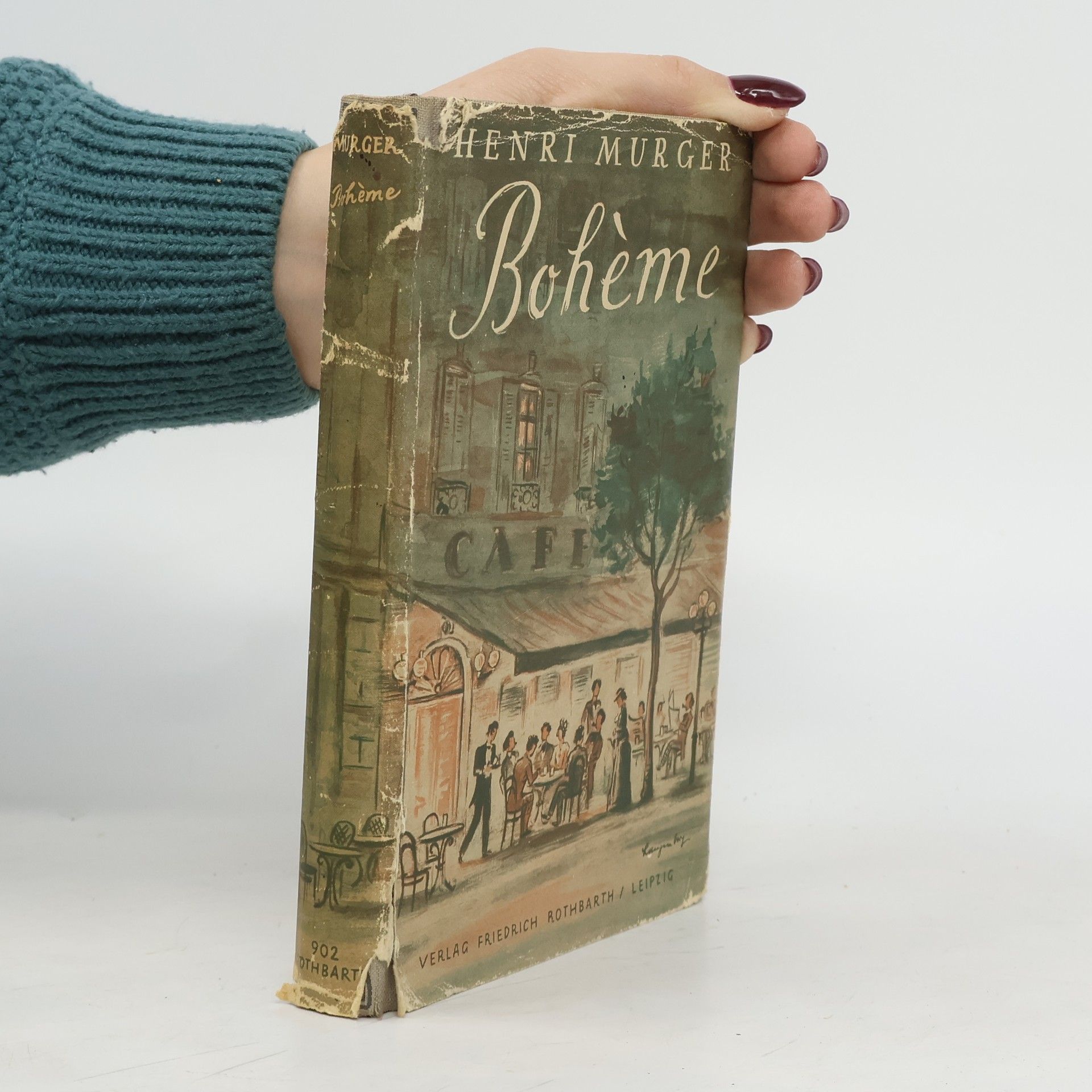
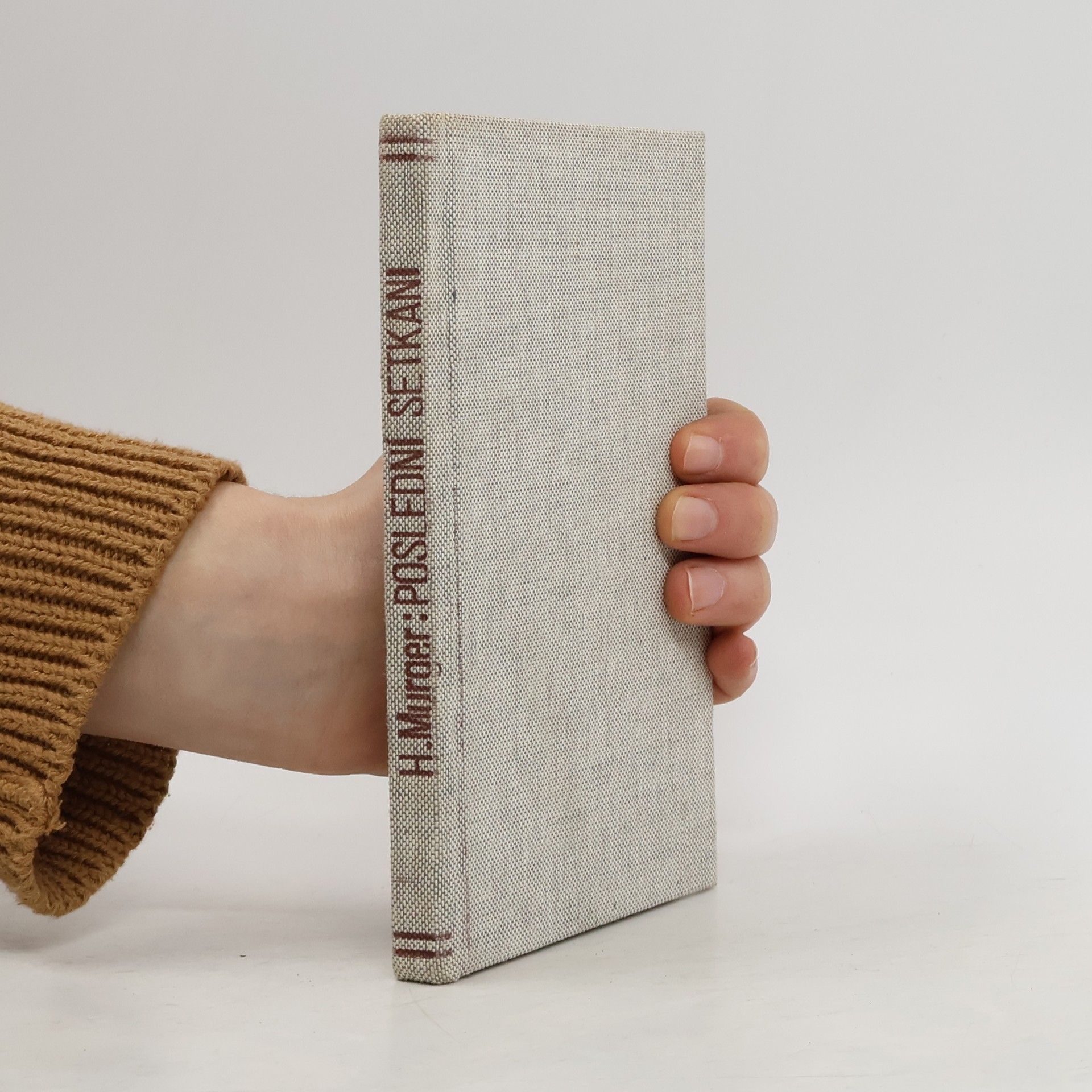



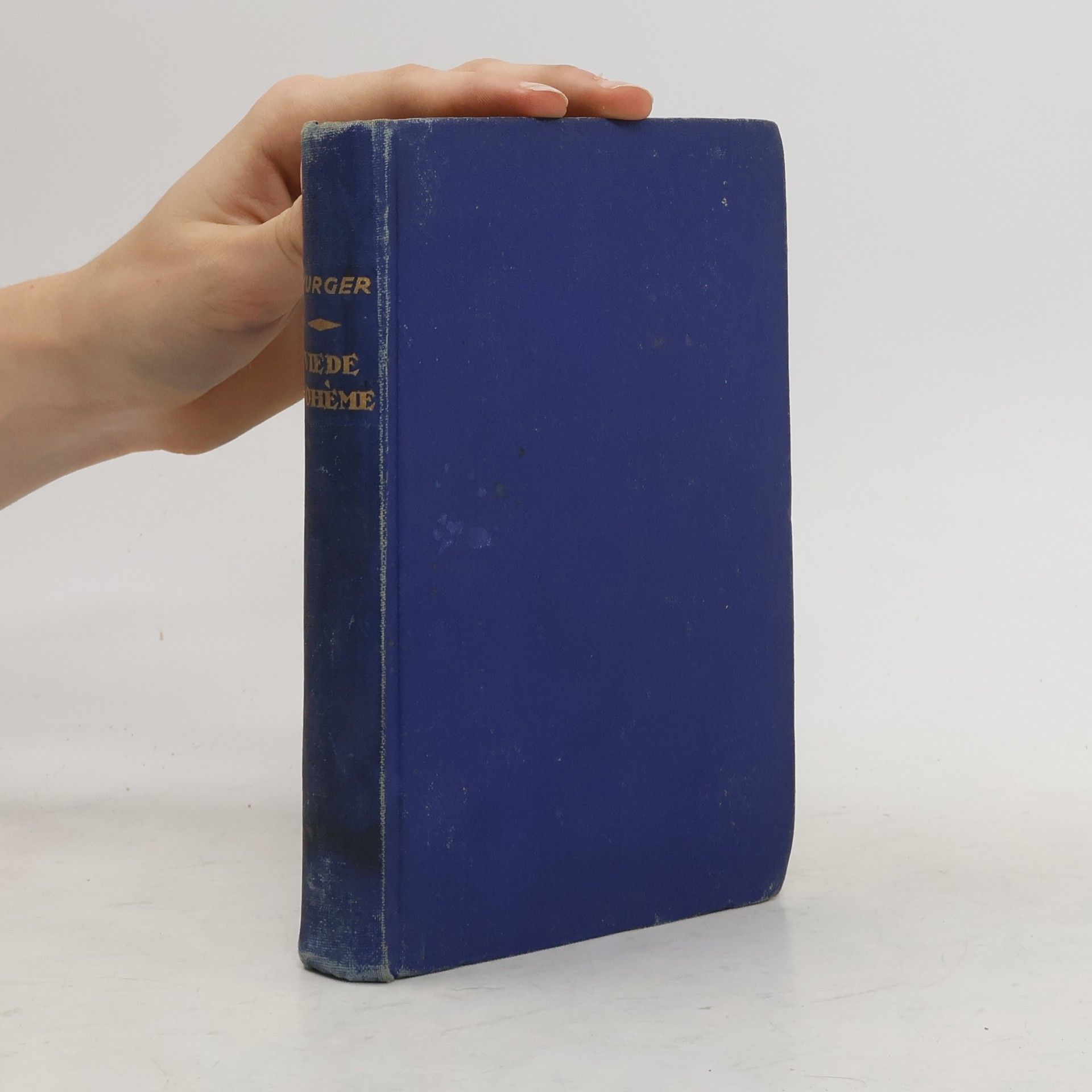
V skvělém tomto díle podařilo se autorovi zvěčniti život pařížských umělců v prvé polovici devatenáctého století se všemi jeho strasťmi, bezstarostností mládí a snadností, s jakou tento nárůdek překonával svízele bojů životních i uměleckých.
Bohème
Bilder aus der Pariser Künstlerwelt
Wege der Leidenschaft
Drei Romane - Boheme, Die Kameliendame, Madame Bovary
S neobyčejným humorem, vervou, duchaplností a originalitou vylíčil zde autor život pařížských studentů, literátů a umělců, kteří neměli dosud štěstí či talent, aby se domohli uznání a postavení.
